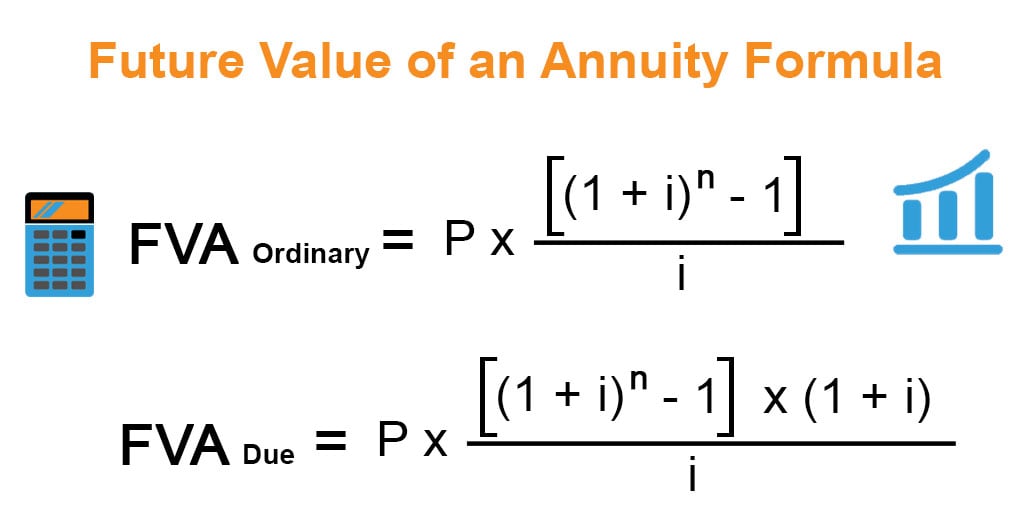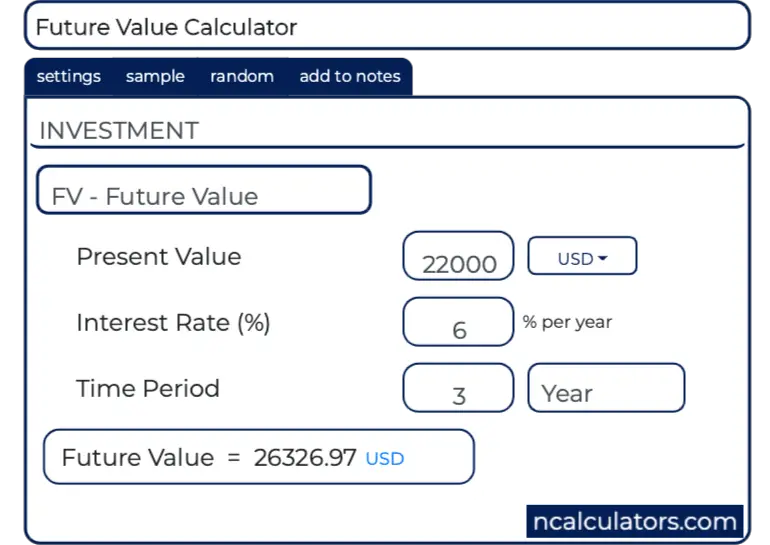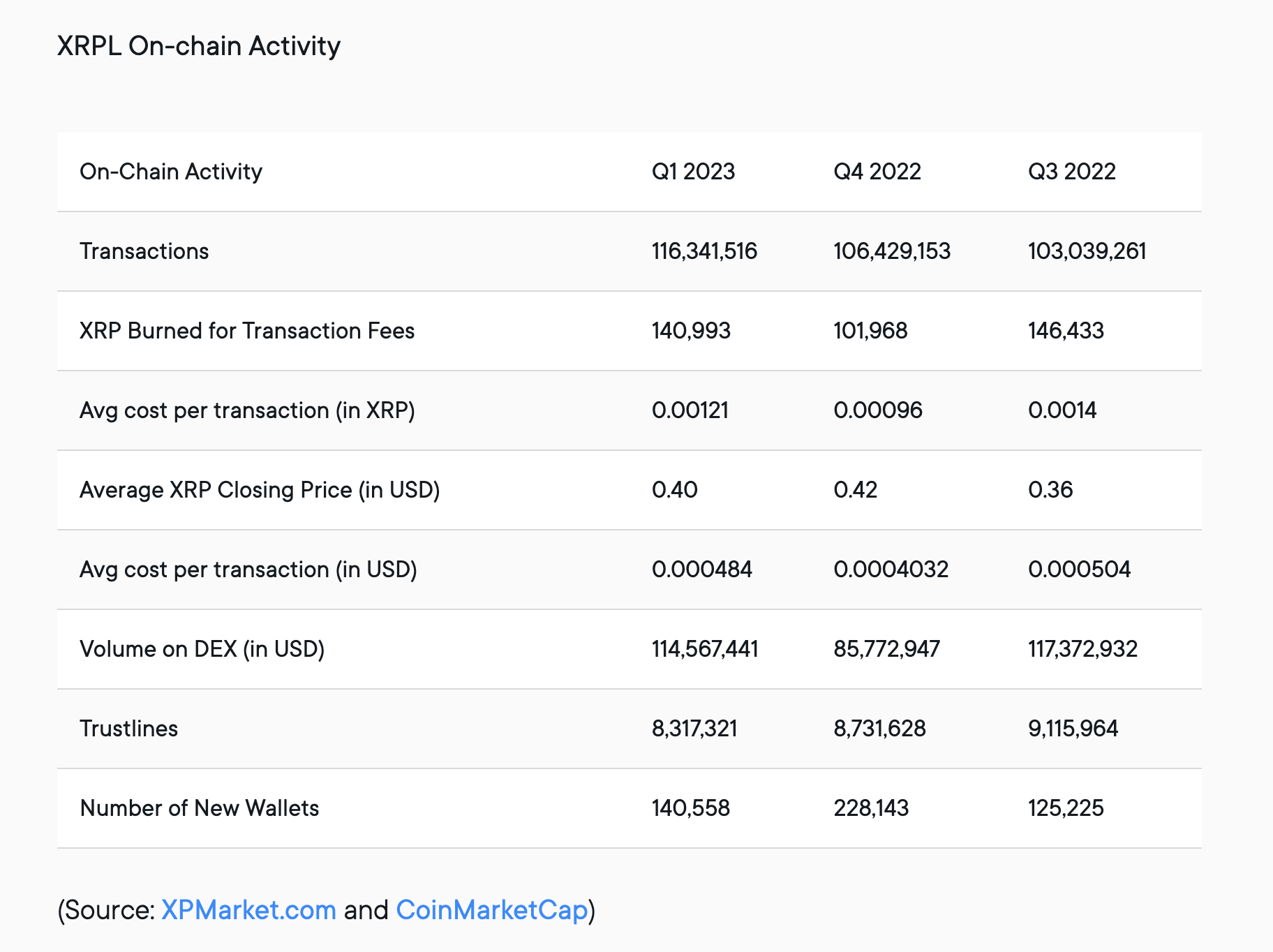
Companies can also temporarily boost FCFF by stretching out their payments, tightening payment collection policies, and depleting inventories. These activities diminish current liabilities and changes to working capital, but the impacts are likely to be temporary. Operating cash flow does not include capital expenditures (the investment required to maintain capital assets). Unlike EBITDA, cash from operations includes changes in net working capital items like accounts receivable, accounts payable, and inventory. Similarly, if debt capital, like short-term and long-term borrowings, decreases over a period it suggests that the company has repaid its debts, which is a cash outflow. Conversely, if there’s an increase in the amount of debt – short-term or long-term – it indicates that such a company has availed additional debt resulting in cash inflow.
Unlevered vs Levered Free Cash Flow
On the surface, the cash flow statement is a pretty straightforward financial report. Cash flow that arises from financing activities is known to provide the investors with an insight into the financial strength of the company along with how well the Capital structure of the company is managed. For a small business, it would be more frequent for a small business, which would mean either monthly or quarterly. Cash flows from financial activities are analyzed more frequently around strategic events like mergers and acquisitions. So, an investor, analyst, and owner would all want to be keenly aware of the subtle shifts in a company’s cash flow. Repurchasing equity is when a company repurchases its stock from existing shareholders.
Cash flow from financing activities formula
So for example, if accounts payable continued to decrease, it would signify that a company is paying its suppliers faster. If accounts receivable were decreasing, it would mean that a company is receiving payments from its customers faster. The cash flow statement gives you a complete picture of cost versus revenue.
Importance of cash flow analysis in financial management
Free Cash Flow is the amount of cash flow a firm generates (net of taxes) after taking into account non-cash expenses, changes in operating assets and liabilities, and capital expenditures. FCFF represents the cash available to investors after a company pays all its business costs, invests in current assets (e.g., inventory), and invests in long-term assets (e.g., equipment). FCFF includes bondholders and stockholders as beneficiaries when considering the money left over for investors.
![]()
- This will help you tweak your everyday expenses so that you have a surplus to put toward your future goals.
- In contrast, share buybacks, debt repayments, and dividends are represented within parentheses to signify that the item is a cash outflow.
- But a negative cash flow from investing section is not a sign of concern, as that implies management is investing in the long-term growth of the company.
- Like EBITDA, depreciation and amortization are added back to cash from operations.
- Cash flow from financing activities involves all the cash that comes in and goes out relating to a company’s long-term debt, equity financing, and dividend payments.
As you can see there is a heavy focus on financial modeling, finance, Excel, business valuation, budgeting/forecasting, PowerPoint presentations, accounting and business strategy. It is known for reflecting the purchases as well as sales of the company for the capital assets. CFI is known to indicate the aggregate changes occurring in the business due to the profits and losses from major investments like equipment and plant.
A distribution is an additional cash payment made to investors by smaller corporations. CFF depicts how a firm raises money to ensure seamless operation or to scale up. If an organization plans to borrow money, they do so by securing loans as well as by selling bonds. In both cases, they have to pay interest to their creditors as well as bondholders. It’s important to consider all of a company’s financial metrics when making investment decisions. This is because the CFF can measure a company’s ability to generate cash from its financing activities.

Jami Gong is a Chartered Professional Account and Financial System Consultant. She holds a Masters Degree in Professional Accounting from the University of New South Wales. Her areas of expertise include accounting system and enterprise resource planning implementations, as well as accounting business process improvement and workflow design. Jami has collaborated with clients large and small in the technology, financial, and post-secondary fields. If a company is consistently divesting assets, one potential takeaway would be that management might be going through with acquisitions while unprepared (i.e. unable to benefit from synergies).
Advantages and Disadvantages of Free Cash Flow
When using discounted cash flow analysis, 20.5%of analysts use a residual income approach, 35.1% use a dividend discount model, and86.9% use a discounted free cash flow model. Of those using discounted free cash cff formula flowmodels, FCFF models are used roughly twice as frequently as FCFE models. Analystsoften use more than one method to value equities, and it is clear that free cash flowanalysis is in near universal use.

Issuing Debt refers to the company offering new bonds or other debt instruments to raise capital. It is a financial obligation wherein the issuer, the company, promises regular interest payments and repayment of the initial principal amount per the contract terms. As a business owner, you must track your cash flow as it is the pulse of the financial health of a company.

- That’s because it demonstrates that such a company is trying to prop up its share price to cover for low income.
- FCFF considers all cash inflows in the form of revenues, all cash outflows in the form of ordinary expenses, and all reinvested cash to grow the business.
- A positive cash flow on the cash flow statement indicates that you have more capital entering than leaving.
- Similarly, dividend distribution is also an agreeable cash outflow when earnings are performing well.
- We hope this guide has been helpful in understanding the differences between EBITDA vs Cash from Operations vs FCF vs FCFF.
A profitable company needs a positive cash flow where the cash inflows exceed the cash outflow. Free Cash Flow is a more accurate metric than EBITDA, EBIT, and Net Income as they leave out large capital expenditures and change in cash due to changes in operating assets and liabilities. Also, metrics such as EBIT and Net Income include non-cash expenses, further misrepresenting the true cash flow of a business. Cash flow from financing activities involves all the cash that comes in and goes out relating to a company’s long-term debt, equity financing, and dividend payments. In addition, cash flow from operations takes into consideration increases and decreases in assets and liabilities, allowing for a deeper understanding of free cash flow.












